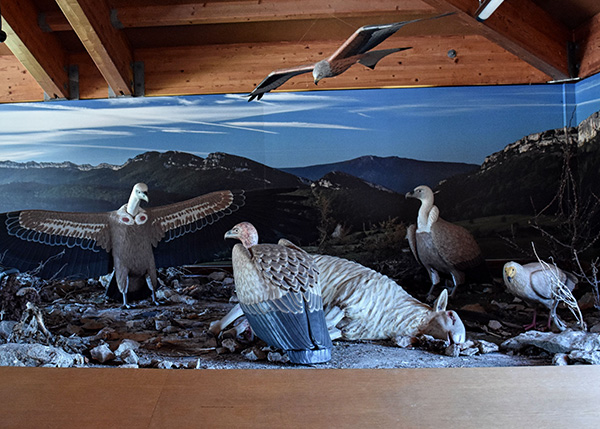The Rural Interpretation Centre is housed in what used to be the seat of Valderejo District Council, before it was incorporated into Valdegovía Council.
The Rural Interpretation Centre was restored as closely as possible to its original architecture and officially opened to the public in May, 1998.
Its 100 m² are used to exhibit various historical, craft and rural aspects that demonstrate the traditions and particular ways of life of both past and present inhabitants of the valley.
The history of the valley through the centuries, the manufacture of tiles, linen cultivation and working, traditional slaughter of the pig, basketwork, bee-keeping and agricultural and livestock practices and the social organisation of communal tasks are all described to give visitors an idea of day-to-day life in Valderejo.

A series of buildings and equipment that once formed a vital part of the inhabitants’ daily life has been restored within the Reserve. Given the name Ethnographic Stations, they provide an insight into the cultural circumstances under which past generations laboured in the valley.
Most of these Stations are located around Lalastra, and each is accompanied by an explanatory panel explaining the use to which they were once put.
Visiting them leads to a better understanding of the tough conditions under which previous generations lived, and how they made the most of the scant resources available.
- Wash-house
- Baking oven, skittle-alley, horseshoeing frame and clock
- Water-powered mill
- Crossroads
- San Lorenzo hermitage
